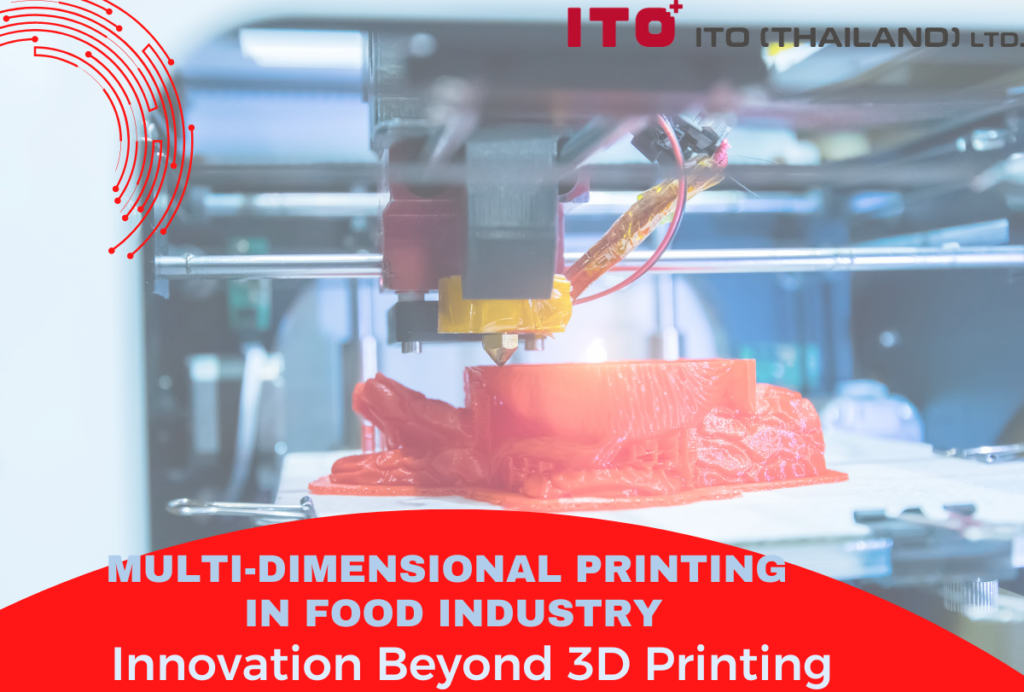ITO Thailand Hygiene Blog
Multi-Dimensional Printing in the Food Industry
In recent years, three-dimensional (3D) printing method has been widely used by creating a design based on Computer Aided Design (CAD) software and printing based on layer-by-layer deposition, food manufacturers are able to develop complex shape, and detailed structure food products (17). 3D food printing has generated value-added products and more customer satisfaction through printable sophisticated designs and make the impossible possible. An introduction to multi-dimensional printing, commercialised products and applications, effects on food safety and quality, advantages and disadvantages, and 4D/5D/6D printing perspective will be discussed in this blog.
What is multidimensional printing?
3D printing (3DP), also known as Food Layered manufacture (FLM), is a novel food production process that uses robotics-based Additive Manufacturing (AM) (16). The process begins with fluidising food into puree, utilising extrusion processing method, and addition of hydrocolloid for a desirable texture and macromolecular gel network formation (13). 3DP prints in an untraditionally ‘layer-by-layer’ pattern to form a 3D object from 3D data derived from Computer Aided Design (CAD) software, to create customised and personalised food products. As it is proven to increase production efficiency, it has become more favoured for manufacturers (11). The first prototype of a 3D food object was a customised birthday cake, which was patented and introduced to the public, however, it was not physically built (12).
An Example of Commercialised Products and Applications
Chocolate is considered as one of the most commercialised and successful 3DP food product as the properties of chocolate, including moisture content, and rheological properties are determined as suitable for 3DP (7) as well as its melt extrusion capacity and being a high-valued product (5) with several products line-up such as chocolate bars, coating on nuts, or wafers (4).
3DP are commonly used in dysphagia foods, or food for people with chewing and swallowing difficulties (1), providing an appealing, desirable texture and customisable alternative to bland pureed meal. For instance, 3DP foods with a customised softer texture, which made a better appetite, even after various meal preparation procedures such as refrigerating, and heating has been conducted (8).
Effects on Food Safety and Quality
Food safety and quality is always a critical factor to determine the capability of any food processing method. There are numerous food safety related issues such as temperature fluctuations occurring during heating process in extrusion and cooling after printing may impact microbial stability as food become more vulnerable to bacterial or fungal spoilage (15). Moreover, sanitation of all food contact surfaces is required, as an improper cleaning may lead to biofilm forming by foodborne illness pathogens such as Listeria monocytogenes, Pseudomonas aeruginosa, and Escherichia coli (15).
Despite the fluctuation in processing temperature, no research has reported the contamination of spoilage microorganism, when good manufacturing practice and sanitisation of food contact surfaces are properly done, as well as no significant impact in sensorial characteristics, antioxidant property, and total phenolic content (10).
Advantages and Disadvantages
There are a great number of advantages of 3DP such as the ability to provide personalised nutrition for each individual such as for people with dysphagia or special dietary requirements, customised foods in any complex shape or size, food waste reduction, and improved production efficiency (15). However, the main disadvantages are concerns in food safety related issues as previously mentioned (15), and 3DP requires a specific CAD software which is still complex, and difficult to use, thus not friendly to home users (9). In addition, printing parameters such as printing speed, extruding rate, or printing temperature are critical factors which are required to set at an optimum condition in order to maintain the quality of 3DP food products (6).
4D/5D/6D Printing Perspective
4D bioprinting technology is a novel food processing method extension of 3DP that does not only retain in static structure like 3D, but also make interactive foods by adding “space-time axis” (2) such as desirable changes in colour, shape, nutrition, flavour over time (14). Beneficial features of 4DP includes transportation cost and storage space reduction or enhancing eating experience by shape transition properties, better flavour, nutrition, and colour retention rate when compared to 3DP food products that deteriorate during storage (14).
5D printing can print from five axes, allowing rotation and swivel objects for a high-complex design that cannot be achieved by 3D printer, resulting in a better structure strength with less material (3). Finally, 6D printing is a combination of smart dynamic structure of 4D printing and strong static material of 5D printing (3). 5D, and 6D printing technology have a very high potential to innovate smart food products, however, they are still in their initial development stages which require a further study to fill in the requisite gaps (3).
As discussed, 3DP can be used in the food industry as microbial stability, and sensorial characteristics of food can be maintained. Moreover, 3DP can alleviate food security issues when personalised nutrition can be done based on individualising nutritional requirements, as well as enhancement with high nutritious formula e.g., high protein or high-fibre foods. ITO Thailand supports innovative food processing technology like 3DP as it provides a sustainable food production.
References
1.Dick, A., Bhandari, B., Dong, X., & Prakash, S. (2020). Feasibility study of hydrocolloid incorporated 3D printed pork as dysphagia food. Food Hydrocolloids, 107, 105940. https://doi.org/10.1016/j.foodhyd.2020.105940
2.Gao, B., Yang, Q., Zhao, X., Jin, G., Ma, Y., & Xu, F. (2016). 4D Bioprinting for Biomedical Applications. Trends in Biotechnology, 34(9), 746–756. https://doi.org/10.1016/j.tibtech.2016.03.004
3.Ghazal, A. F., Zhang, M., Mujumdar, A. S., & Ghamry, M. (2022). Progress in 4D/5D/6D printing of foods: applications and R&D opportunities. Critical Reviews in Food Science and Nutrition, 1–24. https://doi.org/10.1080/10408398.2022.2045896
4.Lanaro, M., Desselle, M. R., & Woodruff, M. A. (2019). 3D Printing Chocolate. Fundamentals of 3D Food Printing and Applications, 151–173. https://doi.org/10.1016/b978-0-12-814564-7.00006-7
5.Lanaro, M., Forrestal, D. P., Scheurer, S., Slinger, D. J., Liao, S., Powell, S. K., & Woodruff, M. A. (2017). 3D printing complex chocolate objects: Platform design, optimization and evaluation. Journal of Food Engineering, 215, 13–22. https://doi.org/10.1016/j.jfoodeng.2017.06.029
6.Liu, L., & Ciftci, O. N. (2021). Effects of high oil compositions and printing parameters on food paste properties and printability in a 3D printing food processing model. Journal of Food Engineering, 288, 110135. https://doi.org/10.1016/j.jfoodeng.2020.110135
7.Liu, Z., Zhang, M., Bhandari, B., & Wang, Y. (2017). 3D printing: Printing precision and application in food sector. Trends in Food Science & Technology, 69, 83–94. https://doi.org/10.1016/j.tifs.2017.08.018
8.Ministry of Health, British Columbia. (2009). MEALS AND MORE: A Foods and Nutrition Manual for Homes of Adults and Children with 24 Persons or Fewer in Care. Retrieved 23 October 2022, from https://www2.gov.bc.ca/assets/gov/health/accessing-health-care/finding-assisted-living-residential-care-facilities/residential-care-facilities/meals_and_more_manual.pdf
9.Pallottino, F., Hakola, L., Costa, C., Antonucci, F., Figorilli, S., Seisto, A., & Menesatti, P. (2016). Printing on Food or Food Printing: a Review. Food and Bioprocess Technology, 9(5), 725–733. https://doi.org/10.1007/s11947-016-1692-3
10.Severini, C., Derossi, A., Ricci, I., Caporizzi, R., & Fiore, A. (2018). Printing a blend of fruit and vegetables. New advances on critical variables and shelf life of 3D edible objects. Journal of Food Engineering, 220, 89–100. https://doi.org/10.1016/j.jfoodeng.2017.08.025
11.Sun, J., Peng, Z., Yan, L., Fuh, J., & Hong, G. S. (2015). 3D food printing—An innovative way of mass customization in food fabrication. International Journal of Bioprinting, 1(1), 27–38. https://doi.org/10.18063/ijb.2015.01.006
12.Sun, J., Zhou, W., Huang, D., Fuh, J. Y. H., & Hong, G. S. (2015). An Overview of 3D Printing Technologies for Food Fabrication. Food and Bioprocess Technology, 8(8), 1605–1615. https://doi.org/10.1007/s11947-015-1528-6
13.Tan, C., Toh, W. Y., Wong, G., & Lin, L. (2018). Extrusion-based 3D food printing – Materials and machines. International Journal of Bioprinting, 4(2). https://doi.org/10.18063/ijb.v4i2.143
14.Teng, X., Zhang, M., & Mujumdar, A. S. (2021). 4D printing: Recent advances and proposals in the food sector. Trends in Food Science &Amp; Technology, 110, 349–363. https://doi.org/10.1016/j.tifs.2021.01.076
15.Tomašević, I., Putnik, P., Valjak, F., Pavlić, B., Šojić, B., Markovinović, A. B., & Kovačević, D. B. (2021). 3D printing as novel tool for fruit-based functional food production. Current Opinion in Food Science, 41, 138–145. https://doi.org/10.1016/j.cofs.2021.03.015
16.Wegrzyn, T. F., Golding, M., & Archer, R. H. (2012). Food Layered Manufacture: A new process for constructing solid foods. Trends in Food Science & Technology, 27(2), 66–72. https://doi.org/10.1016/j.tifs.2012.04.006
17.Yang, F., Zhang, M., & Bhandari, B. (2017). Recent development in 3D food printing. Critical Reviews in Food Science and Nutrition, 57(14), 3145–3153. https://doi.org/10.1080/10408398.2015.1094732
Related Post
-

Biodegradable Packaging
As straightforward as its name, it means any packaging that will naturally fall apart and decompose. In recent years, biodegradable packaging has been included as one of the sustainable development goals for several organisations. A similar issue, bioplastics, an alternative to sustainable living, was discussed in a previous blog. However, there are some differences between them. For example, bioplastics are made from raw materials sourced from renewable and natural sources and could or could not be biodegradable. In contrast, biodegradable plastic can naturally degrade through living organisms no matter the source material it originates from. The development history of biodegradable packaging, frequently used materials, the pros and cons of biodegradable packaging, and its future trends will be discussed in this blog.
-
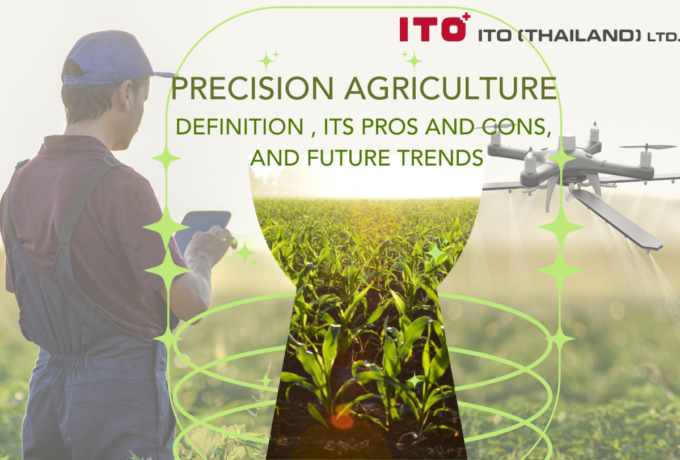
Precision Agriculture
Precision agriculture has revolutionised how we approach crop management by optimising the inputs to meet specific requirements. Even though it is not a new system, recent technologies have made it possible to apply it in practical productions. In this blog, we will discuss the definition of precision agriculture, its pros and cons, and future trends.
-
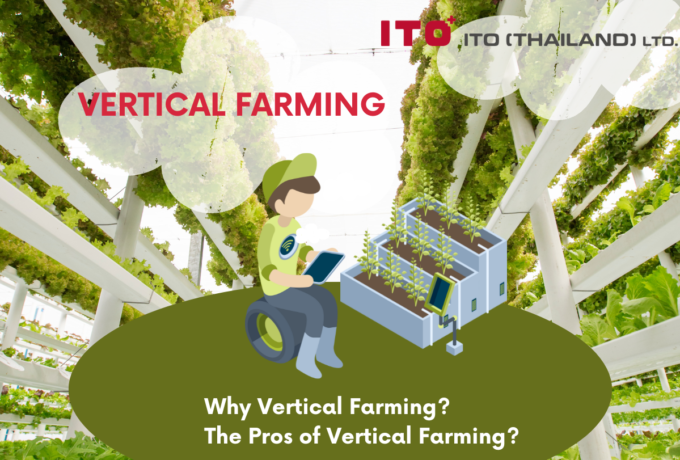
Vertical Farming
Agriculture has utilised nearly all the available land, causing growing difficulty in finding land on the earth’s surface. With limited resources, meeting the world’s food demands will require more innovative and dependable methods of producing safe food, and the answer lies in vertical farming.
-
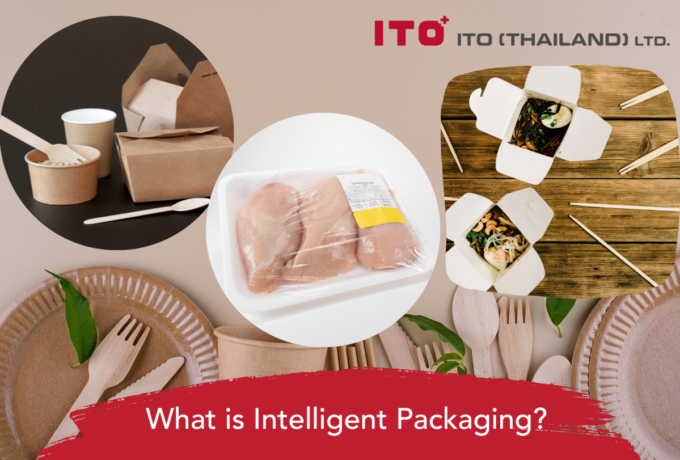
Intelligent Packaging
Without packaging, food products would last for only a short period of time, impossible for logistics management, difficulties in the supply chain system, quick quality deterioration, and prone to contamination to risky foodborne pathogens. In reality, there are many more functions that packaging is contributing to food products, as well as many types of smart packaging. Intelligent packaging is considered to be a part of smart packaging, so in this blog, we will discuss the contribution of intelligent packaging to food products.
-
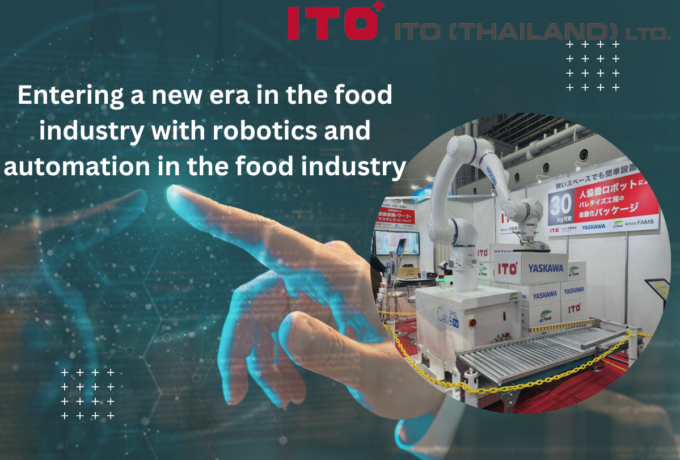
Robots & automation in the food industry
Entering a new era in the food industry with robotics and automation in the food industry
-
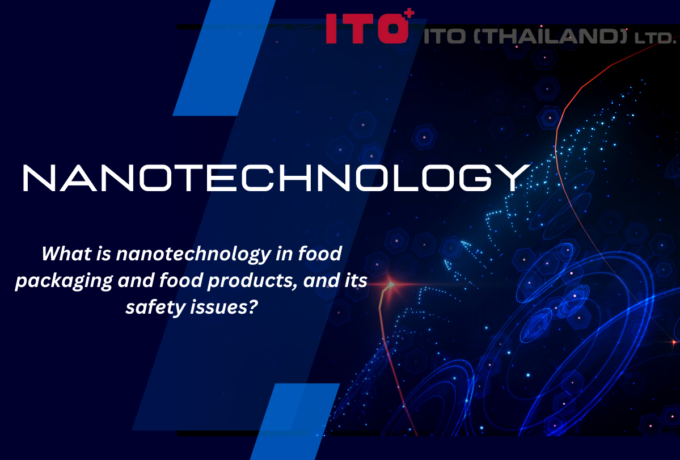
Nanotechnology in the Food Industry
Nanotechnology has been brought to our attention for the last decades, and it has provided various beneficial applications to the food industry. Unlike other technology, nanotechnology has broadened the knowledge in the food industry to another level in a nanoscale dimension. It involves almost every aspect of the food industry, including food packaging, food processing, as well as functional food development and enhancement of food safety. In this blog, we will discuss how nanotechnology is used in food packaging and food products, and the most important part, its safety issues.








